The Welsh language is struggling to meet the government’s aims of 1 million speakers by 2050. How might rap, punk and reggae musicians singing in the language help to reverse this decline?
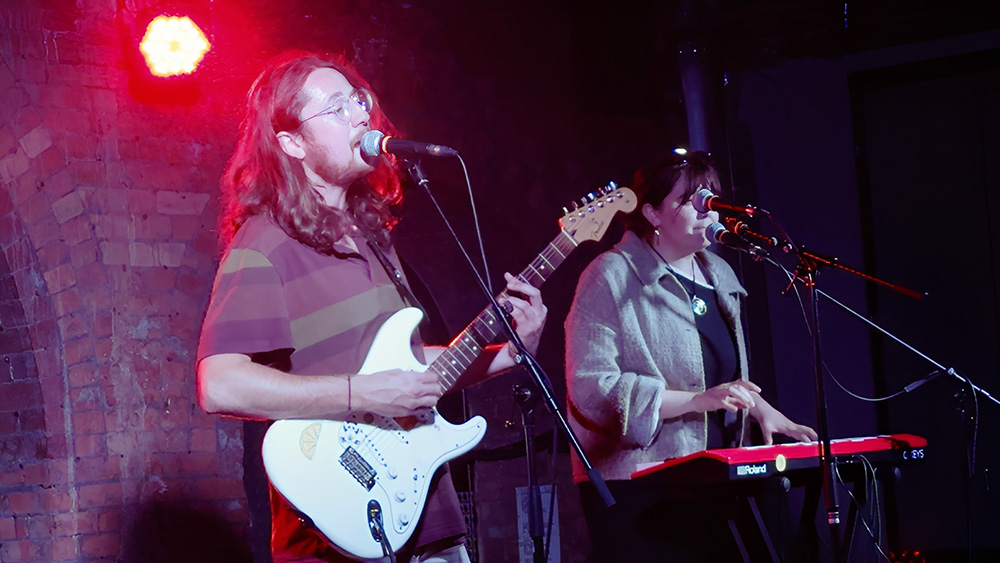
On a Friday afternoon in June, musician Morgan Elwy stood on stage in the heart of Cardiff. He struck a chord on his guitar and leaned into the microphone. Moments later, A cheerful beat of reggae music rolled out across the festival field. The 29-year-old was playing and singing for a massive crowd of 10,000.
It was a scene that was already very familiar to him. Morgan has always been on the road, playing at festivals and gigs all over the country throughout the summer.
But these sun-drenched festival field was a long way from tonight’s performance. At his latest gig in the Rhondda Valley, just 27 people have turned up. The scattered applause only seemed to echo in the emptiness of the large warehouse.
The stark contrast does not seem to bother him. For Morgan, every performance is part of the same mission, promoting his own country’s language through music.
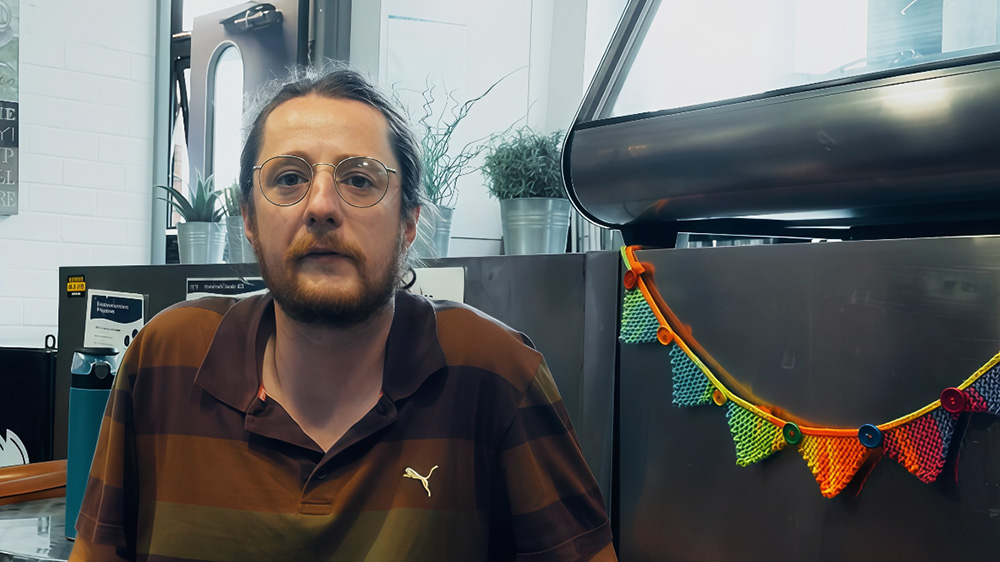
“I feel when you write a Welsh song, it’s kind of a protest in itself,” he says. “You know, we live in a country where the language of this country is a minority language… you’re sort of standing up for the little people.”
Morgan writes and performs entirely in Welsh. His journey into reggae began at a festival in 2016. He watched a performance by the late Geraint Jarman, a poet and musician widely regarded as the “father of Welsh reggae.”
“I was there with my rock band in 2016 when we were younger, and he was playing quite late with his band, and I had never seen him before,” Morgan says. “I thought, ‘Oh, you can actually make Welsh language reggae music’ And from then I’ve been doing it really.”
That performance was a life-changing experience for him. He realised the ancient language did not have to be confined to traditional folk music. Reggae’s upbeat rhythm could be a perfect vehicle to carry the Welsh language.
The idea stayed with him for years. He started to seriously experiment with the genre through writing his own songs during the COVID-19 lockdown. The move quickly paid off. Morgan won the first reward, the prestigious ‘Cân i Gymru’ [Song for Wales] award in 2021.
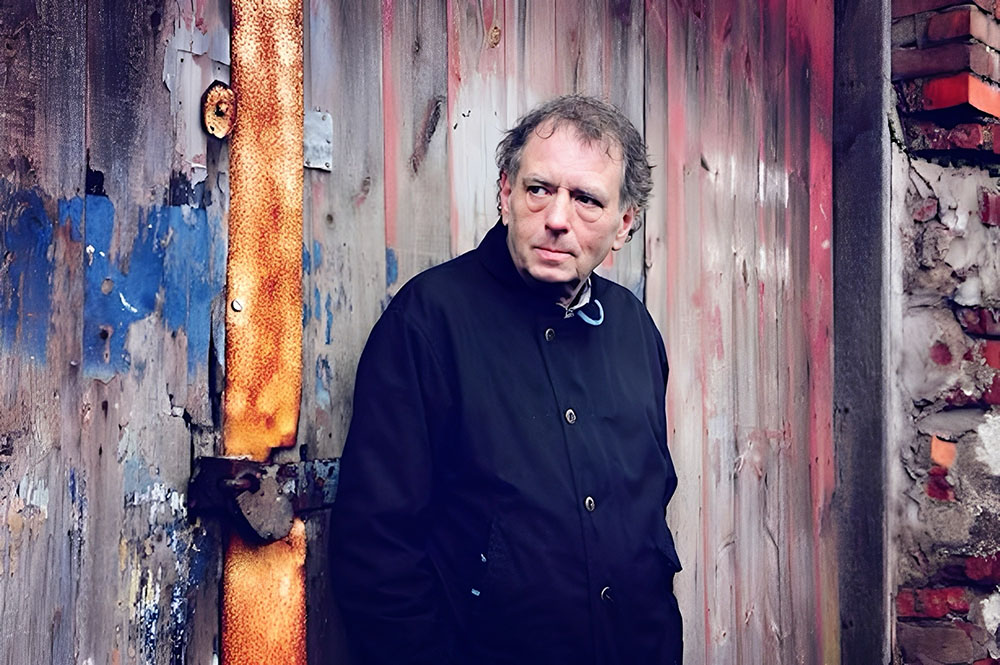
“I think as a Welsh language artist, you make music, but also you’re an advocate for the language,” Morgan says. “You’re sort of promoting the language on a daily basis, I definitely feel the responsibility for sure.”
Wales is widely known as the “Land of Song”, where Welsh music is deeply tied to its national identity. From male voice choirs to folk ballads, singing in Welsh has long been a powerful means of expressing culture and pride.
After its number of speakers dropped below 50% for the first time in the early 20th century, the issue raised concerns and anxieties within Welsh-speaking communities about the future of the language.
But thanks to decades of campaigning, the establishment of Welsh-language schools and landmark legislation giving the language official status, that decline began to reverse. Building on this progress, the Welsh Government has now set an ambitious target of having one million Welsh speakers by 2050.
However, this ambitious national goal also clashes with a serious reality challenge. According to the latest 2021 Welsh Language Commissioner survey, the number of Welsh speakers is declining rather than growing.
The proportion of the population able to speak the language dropped to 17.8%, a decline of 1.2% from a decade earlier, with the total number of speakers decreasing from 562,000 to 538,000. This leaves Wales not only moving away from its one-million-speaker ambition, but with a gap of nearly half a million people to close.
But Morgan remains optimistic about the issue. The scene of Welsh music is more diverse and creative than ever, a fact he is clearly proud of.
Welsh is a type of language that incorporates a wide range of loanwords from Latin, Irish, Norse, Norman French, and English.
Much like the Welsh language itself, Welsh music today is also equally inclusive. The genre spectrum within Welsh music has expanded far beyond traditional folk and rock.
“We’ve got people doing drill, we’ve got people doing hip-hop, reggae, rock, indie bands all over the shop,” he says with a grin. “You can nearly pick your genre in Welsh language music now.”
For the past few decades, there has been a consistent movement of Welsh musicians using their sounds to keep the language relevant. This has ranged from the protest singers of the 1960s to the internationally known bilingual bands of the 90s, and the reggae and rapper acts of today.
Rapper Sage Todz is a prominent example of helping this language breathe new life. His connection to Wales and its language is forged in a complex history of identity and struggle.
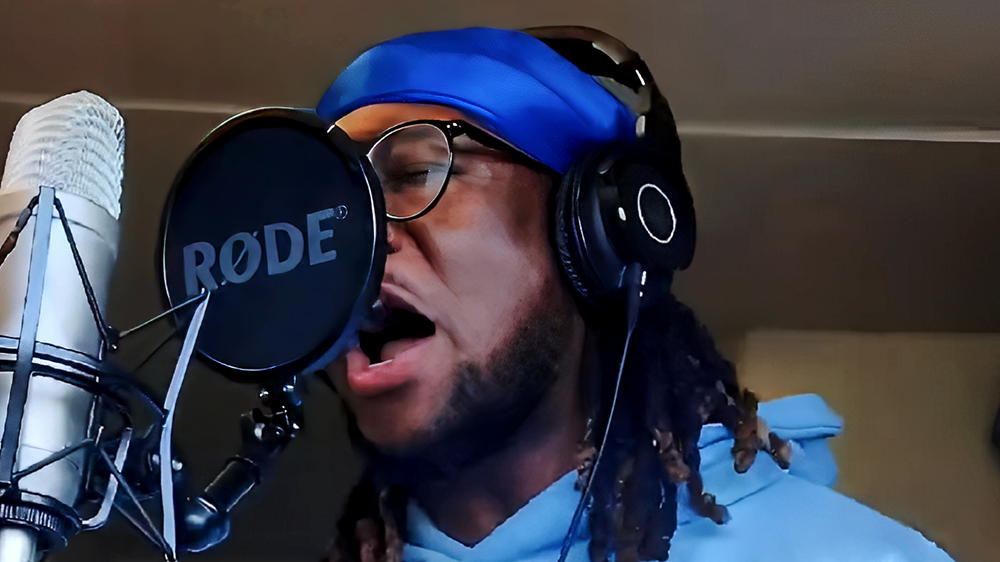
Born in Essex to a Nigerian father, he moved to a small village in North Wales as a child. It was a move that plunged him into a world of cultural negotiation and occasional open hostility.
“I grew up with racists,” he says in a recent S4C interview. “We had people for days coming to our house on the brink of tears because they were like, ‘wow, this doesn’t represent us.’ And it doesn’t.”
About five years ago, Sage and his family woke up to find a swastika sign graffitied on their garage door. It is this experience of being an outsider and the subsequent community support that fuels the direct and rhythm rap in his music.
He sees his bilingual style [flipping between Welsh and English] not as a compromise but as an authentic reflection of his own life and the reality for many young people in Wales.
This is where the artists come in. His music journey was not on a major label but on social media. In March 2022, he released a video of himself performing a new track, “Rownd a Rownd” [Round and Round]. It was a sound few had heard before in the Welsh language.
Sage performed this song almost entirely in Welsh and became a viral sensation with over 200K listeners on TikTok and Twitter.
Drill is defined by its aggressive beats and its often unfiltered lyrics about struggle and street life. It is a subgenre of rap music and a key component of hip-hop culture.
“There aren’t really any drill songs in Welsh, Sage says to Nation Cymru. “So I wanted to mix up English and Welsh and just try to do something different, something modern, something people can enjoy.”
Sage regards himself as a Welshman, and also the inspiration for his music draws on his own experience of identity here. He claimed that music became a “healthy” way for him to process the racism he faced during his upbringing.
He argues that a rigid, “all in or all out” approach can push away the very people the language needs to attract. Instead, the bilingual style is not a dilution of the culture but a bridge into it.
“I’ve had people tell me personally that doing what I do, because I flip between the Welsh and English… a lot of my music helps them,” he says. “My goal is to make it cool and accessible, to make people want to learn it.”
This experience of growing up between two languages is shared by many artists in the new wave, including Katie Hall, the frontwoman of the punk band Chroma.
Katie’s journey into Welsh-language music shares a similar spark. Like many of her generation, Hall’s journey with the language began in the classroom. She realised that the Welsh language itself is inherently musical with a natural rhythm and flow when she learned it at school.
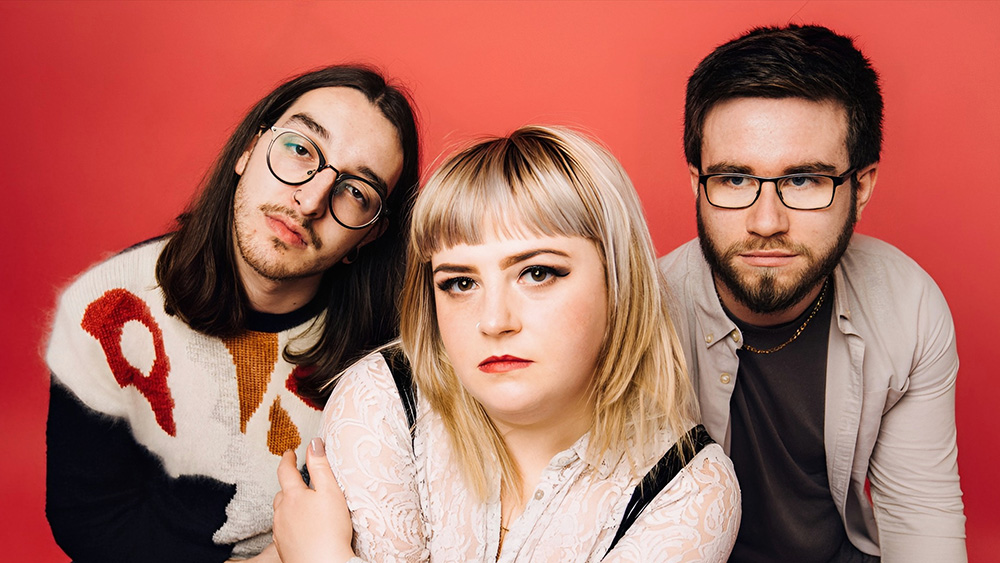
Her musical awakening came later during a trip to the historic Eisteddfod festival with Cardiff University. Same as Morgan, she also feels the responsibility and love for using the Welsh language to represent her identity.
“I had my great experience of Welsh music when I went to the Eisteddfod with Cardiff University,” she says with a grin. “I was like, ‘Ah, maybe I can do that because I can speak Welsh.’”
“I feel like the Welsh language is so melodic and lyrical. It’s very, very easy [to write lyrics in],” she says. “And I feel like it’s really important to do it in Welsh because it keeps those traditions alive and gives us a new outlook on what Welsh culture is. It’s not just daffodils, you know.”
Punk emerged in the 1970s with a sound that was fast, loud, and aggressive. Its lyrics often deal with themes of rebellion and social commentary. This desire to challenge stereotypes about Wales fits well with the genre of punk rock.
Chroma is not the first band to fuse the furious energy of punk with the Welsh language. They are part of a lineage that can be traced back to the late 1970s, when bands like Anhrefn used the genre as a form of double rebellion against both the dominance of English culture and the more traditional, staid image of Welshness.
She same to uses this energy to articulate the two specific struggles that define her identity, fighting for female voices to be heard in a male-dominated industry while also fighting for the Welsh language to thrive in a world dominated by English.
“I was finding my feet with it at first, but now the Welsh language is a huge part of my culture as an artist,” Katie says with a grin. “I love using it to represent who we are.”
This desire to offer a new view and challenge stereotypes seems to be working. The music of artists like Chroma, Sage Todz, and Morgan Elwy is gradually building that bridge to a wider audience.
Even at Morgan’s small gig in the Rhondda Valley, the crowd itself was a mix of dedicated Welsh speakers and curious newcomers.
Cendwen Hughes-Jenkins and her friend, Rob Palmer, are regulars at these Welsh gig events. They claimed that they often travel across the country to attend with friends.
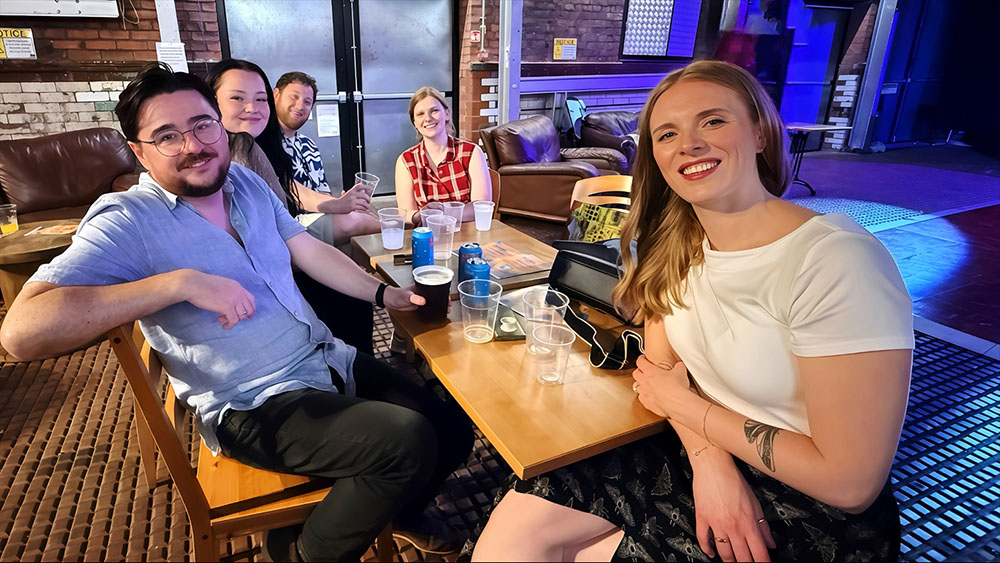
Despite neither of them speaking Welsh, the power sense of cultural solidarity is their motivation.
“Honestly, I think there’s been a lot of people who have enjoyed it but don’t speak Welsh,” Cendwen says. “Because it’s Welsh, we go there just to support them.”
“I don’t know what he’s saying, but I enjoy it,” Rob says. “I think music is beyond language. You can just listen to the rhythm and the melody.”
This powerful connection between artists and their diverse audience is what gives musicians like Morgan hope. For him, the 10,000 audiences and stages of only 27 are the same. They are simply different fronts in the same quiet fight.
The official target for the number of Welsh speakers has been set. As Welsh culture authority Dr. Daniel Williams claimed in a public speech, the work cannot be limited to classrooms, but rather presented in a more accessible and entertaining way.
It is through the constant musical innovation of artists like Morgan, Sage, and Katie that the language finds its new and contemporary voice.
“It’s very unique because it’s a small language, not many people speak it at all, and it’s an old language as well,” Morgan says with a grin. “Come and listen to it, the last five years have been an amazing time for Welsh language music.”
Six contemporary Welsh musicians/bands covering a diverse range of musical styles